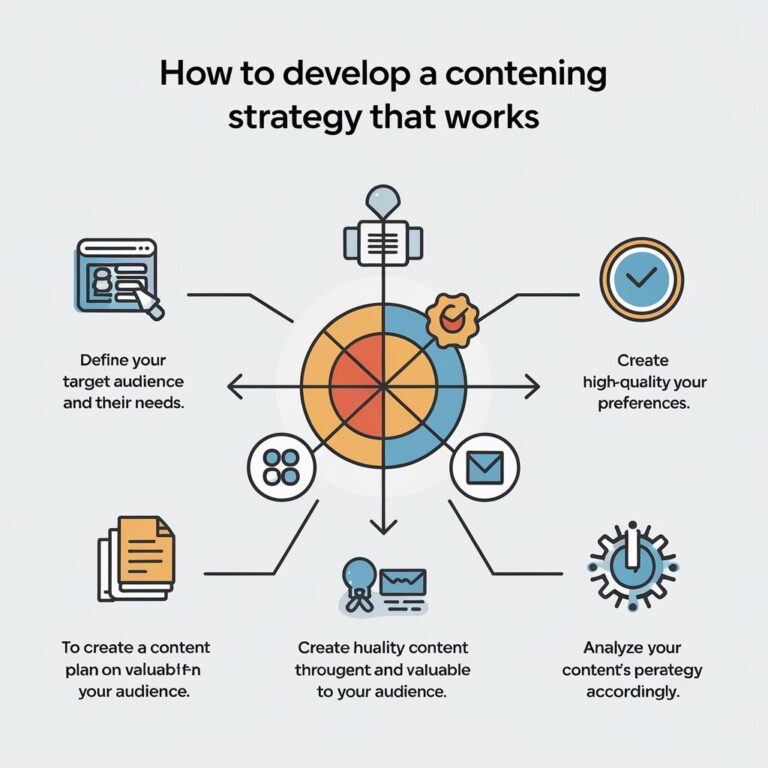Progressive Web Apps (PWAs) have become a focal point in the digital landscape, transforming how users interact with online platforms in 2024. In this article, we’ll explore the definition of PWAs, their key features, the benefits of adoption, success stories, challenges in development, future trends, and practical tips for businesses looking to implement PWAs.
Progressive Web Apps (PWAs) are web applications that leverage modern web technologies to provide users with a seamless, app-like experience directly through a web browser.
As user expectations for seamless online experiences continue to rise, PWAs have emerged as a solution that combines the best features of both websites and native applications.
1. Key Features of PWAs
Offline Functionality:
PWAs allow users to access content even in offline mode, ensuring continuous engagement even when internet connectivity is limited.
Fast Loading Times:
The architecture of PWAs enables swift loading times, reducing bounce rates and enhancing overall user satisfaction.
Responsive Design:
PWAs are designed to adapt to various screen sizes, providing a consistent and optimal user experience across devices.
App-Like Experience:
With features like push notifications and home screen icons, PWAs mimic the experience of native mobile applications.
2. Benefits of Adopting PWAs
Improved User Engagement:
The seamless and responsive nature of PWAs leads to increased user engagement and longer session durations.
Cross-Platform Compatibility:
PWAs are accessible across different devices and operating systems, eliminating the need for separate app development for each platform.
Cost-Effectiveness:
Developing and maintaining a single PWA is often more cost-effective than creating and updating separate native apps.
Enhanced SEO Performance:
PWAs contribute to improved search engine rankings, benefiting from features like fast loading times and mobile responsiveness.
3. Challenges and Solutions in PWA Development
Addressing Browser Compatibility:
Overcoming challenges related to different browser requirements involves thorough testing and optimizing for compatibility.
Overcoming Connectivity Concerns:
Implementing effective offline capabilities requires strategic planning to ensure a smooth user experience even in low or no connectivity scenarios.
Balancing Performance and Features:
Finding the right balance between performance optimization and incorporating essential features is crucial for the success of a PWA.
5. Future Trends in PWA Development
Integration of Artificial Intelligence:
The future of PWAs involves leveraging AI to enhance personalization and user experiences through intelligent algorithms.
Enhanced Security Features:
As cyber threats evolve, PWAs will incorporate advanced security features to safeguard user data and maintain trust.
6. Tips for Implementing PWAs
Prioritize Mobile Responsiveness:
Ensure that your PWA provides an optimal experience on mobile devices, considering the increasing trend of mobile browsing.
Focus on Offline Capabilities:
Emphasize robust offline capabilities to cater to users in areas with intermittent internet connectivity.
Regularly Update and Optimize:
Frequent updates and optimizations are essential to keep the PWA aligned with the latest technologies and user expectations.
In conclusion, the rise of Progressive Web Apps signifies a paradigm shift in user experiences. Businesses that embrace PWAs stand to benefit from enhanced engagement, cost-effectiveness, and a competitive edge in the ever-evolving digital landscape.


